IN THE WATERS OF PUGET SOUND, Wash. - As the Army tugboat Maj. Gen. Henry Knox chugged up Puget Sound on April 10, the crew knew it was on a mission that would never be repeated.
Lashed to the side of the 128-foot-long watercraft was a vessel from another age. Floating Machine Shop (FMS) Vulcan, one of three self-contained maritime repair facilities built for the Army during the 1950s, was headed for Seattle and a new home. Designed and built as an unpowered barge, the shops had to be towed to their positions, and were used worldwide in their heyday; Vulcan had seen action in Vietnam.
The floating machine shops came from the idea to give boats and ships their own maintenance facilities, available wherever needed. The 210-foot-long, 1,160-ton barge contains 14 separate shops, ranging from battery replacement to welding, a nine-ton crane, and even has the ability to fashion ship screws from blocks of solid metal.
"It's kind of sad, really," said Chief Warrant Officer 5 Brett Radford, Knox's skipper for this mission. "These shops could do it all; they've been replaced by a containerized version."
Radford said Vulcan had been acquired by the Seattle Maritime Academy for use as a floating classroom in its engineering and deck programs. Knox would tow Vulcan to waters off the Seattle suburb of Ballard, home port of many of the ships from the hit television series, "Deadliest Catch."
At the Ballard inlet, the Army crew would be met by civilian tugs that would take control of Vulcan and tow it to its new berth east of Salmon Bay.
The waters of Puget Sound were rough on sailing day. Instead of towing Vulcan behind Knox, the normal method of hauling the barge, Vulcan would be lashed to the starboard (right) side of the tug with thick nylon rope, several inches in diameter. The original plan called for the small tug Scholarie to be tied forward of Knox for added horsepower, but the seas proved too heavy for a stable ride. Instead, Scholarie would sail behind Knox, standing by in case her engines were needed during the voyage.
As the vessels pulled away from the pier, Sgt. 1st Class Adam Wade kept a sharp eye on the ropes that kept Vulcan snug against Knox. Wade said he was in the process of getting licensed on the large tug.
"We can pull from other crews as needed," he said. "The goal is to cross-train and have everybody licensed on all the vessels."
Wade, a supervisor with the U.S. Postal Service in Tacoma, Wash., in civilian life, said that on the boats, rank has a bit of a different meaning than on the land.
"Out here, everybody has to be licensed," he said. "That means if a sergeant or staff sergeant holds a higher license than I do, he can tell me what to do.
"But off the boat, I'm in charge again," he said with a smile.
Warrant Officer John Sheridan was at a set of controls mounted outside Knox's wheelhouse, slowly nudging the lashed-together vessels away from the dock. A former bosun's mate in the U.S. Coast Guard, Sheridan had only recently joined the Army Reserve.
"In civilian life, I work for the Navy on tugboats out of Bremerton [Wash.]," he said. "I joined the Army Reserve as an E-6, heard about the warrant officer program, and applied.
"I'm an old guy," chuckled Sheridan, 50. "I wanted to get through WOCS [Warrant Officer Candidate School] and get back on the boats."
As Sheridan smoothly guided Knox away from the pier, Chief Warrant Officer 3 Clarence Johnson, Jr., of the 709th Transportation Company was aboard Vulcan for the ride to Seattle, giving the Knox crew a watchful eye for traffic in the crowded Puget Sound. He was also aboard to ensure that no problems occurred during the nearly three-hour trip.
As the small fleet moved into the Sound, the seas got heavier, and the tug's crew took advantage of the handrails fixed into the ceiling of the bridge. The tug and barge plowed ahead, maintaining a speed of about 10 knots, a little more than eleven-and-a-half miles an hour.
Staff Sgt. John Spencer was now at the helm. A Ranger-qualified former infantryman, Spencer had spent time in an Army Reserve drill sergeant unit at Fort Lewis, Wash., after getting off active duty. He said he moved to the watercraft company for a change of pace.
"It's different," Spencer said, as he maneuvered Knox over the swells, some of which were coming over the bow. "I find the work really interesting, and it's an entirely new set of skills."
Spencer said Knox rode well with Vulcan strapped to its side, despite the rough seas.
"Having the barge tied to us actually makes us more stable," he said. "It helps the ride."
The Knox bridge was alive with activity as the tug moved through the busy shipping lanes. Commerce doesn't take a break, even on Saturday, and the radio crackled with transmissions from the ships coming and going from the ports of Seattle and Tacoma.
As Knox steered through Elliott Bay, the main entrance to the Port of Seattle, a number of container ships, tugs, and other ferries plied the water. Turning a ship isn't like driving a car; each one could have caused problems for the Army crew.
The Vessel Traffic Service center in Seattle kept watch over the movements and radioed instructions to the ships, much like an air traffic control tower.
"Knox, Seattle Traffic, be advised you have a ferry just leaving, and will cross your path," said a voice.
"Knox, roger," Radford answered. Turning towards the crew, he said, "See him' Off to starboard."
"Yep. He's gonna cross right in front of us," said Sheridan.
The ferry, one of the many that come and go from Seattle every day, was headed towards Bremerton; its course would take it directly in front of Knox, and its wake would make for a bumpy ride. Knox changed course slightly to avoid coming too close to the ferry; the wake, combined with the already-rough seas, caused the bows of both vessels to dip down, ride up the wave, and bounce back into the wake with a splash.
"He could've changed course a little," Radford said.
North of Elliott Bay, Knox and Vulcan approached West Point, location of a circa-1881 lighthouse, and Seattle's westernmost point. Around the point lie the Ballard inlet and the entrance to the Hiram M. Chittenden Locks, where the handoff of Vulcan would take place.
Radford got on the radio and started hailing the civilian tug that would come for Vulcan.
"Wasp, from the Knox, we're just rounding West Point, headed your direction," he said.
The response came quickly: "Knox, Wasp; have you in sight."
A soldier standing on the Knox bridge lifted a pair of binoculars and looked toward the horizon. "There she is," he said.
Several miles ahead, a small yellow and black tugboat was making way toward Knox and Vulcan. As she approached, a group of soldiers moved from the tug onto Vulcan, preparing to secure Wasp as she came alongside.
Moving nimbly through the choppy water, Wasp snuggled her bow against Vulcan. Thick ropes - hawsers, in maritime terminology - were passed from Wasp's deck into the waiting hands of the soldiers, who quickly wrapped them around the bitts on Vulcan, securing the tug.
The soldiers then moved quickly aft, removing Knox's lines; the skipper applied power to its twin 2,500-horsepower diesels, and the large tug moved off to the side and waited for Wasp to finish tying off.
As Knox moved off, Scholarie, which had been in trail position since the small flotilla had left Tacoma, chugged alongside Vulcan and placed her bow against the barge, holding it in place while another civilian tug tied on to help Wasp move it into the channel leading to the locks.
The transfer completed, soldiers left Vulcan for the very last time in its more than 50-year career. Crews of the two Army tugs gathered on the decks of their vessels and watched as Vulcan headed off into the distance.
"Well, there it goes," said one.
As the soldiers watched Vulcan head around the shore towards the locks, a voice came over the loudspeaker.
"Now on the Knox, now on the Knox," it said. "Dinner is now being served in the galley."
The crew left the rail and headed below to eat. Their mission was only half over; there was still the return to Tacoma.
The trip home was faster without Vulcan alongside. By that time, the sun had gone down, the wind had quieted, and the seas were calm.
By the time the boats reached Pier 23, it was after 9:00 p.m. Maintenance still had to be performed on the boats before the soldiers could head home, and tomorrow was another duty day.
Capt. Christopher Larsen is the public affairs officer for the 364th Expeditionary Sustainment Command, Seattle, Wash.
"
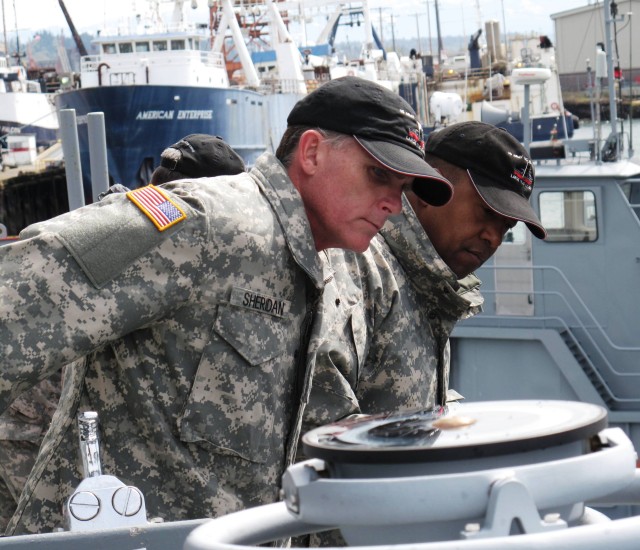
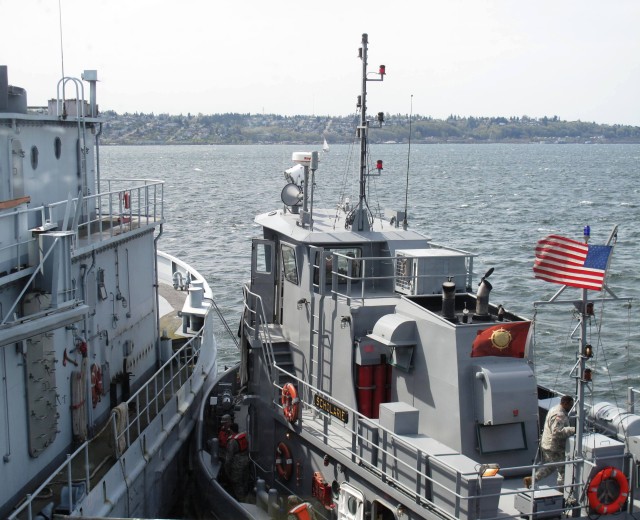
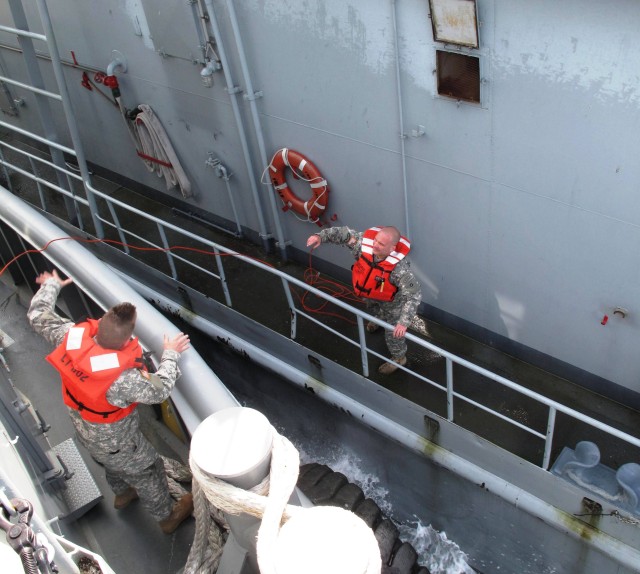
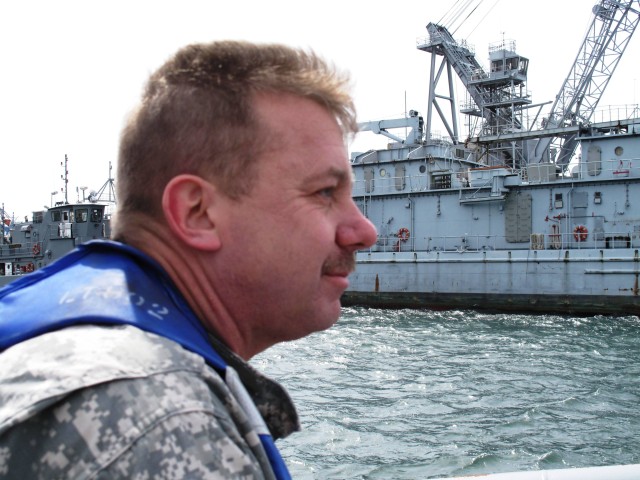
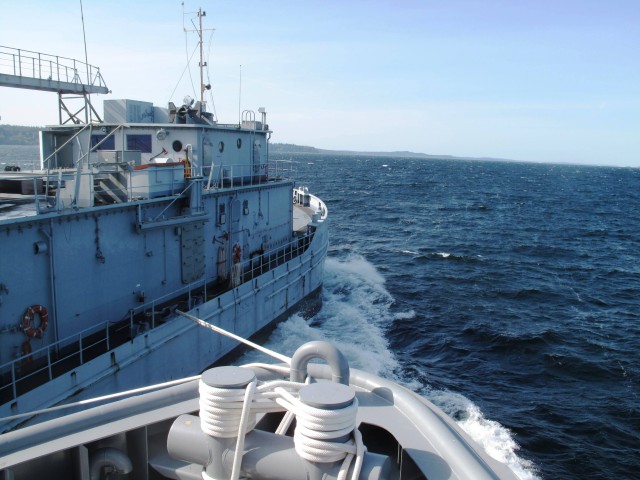
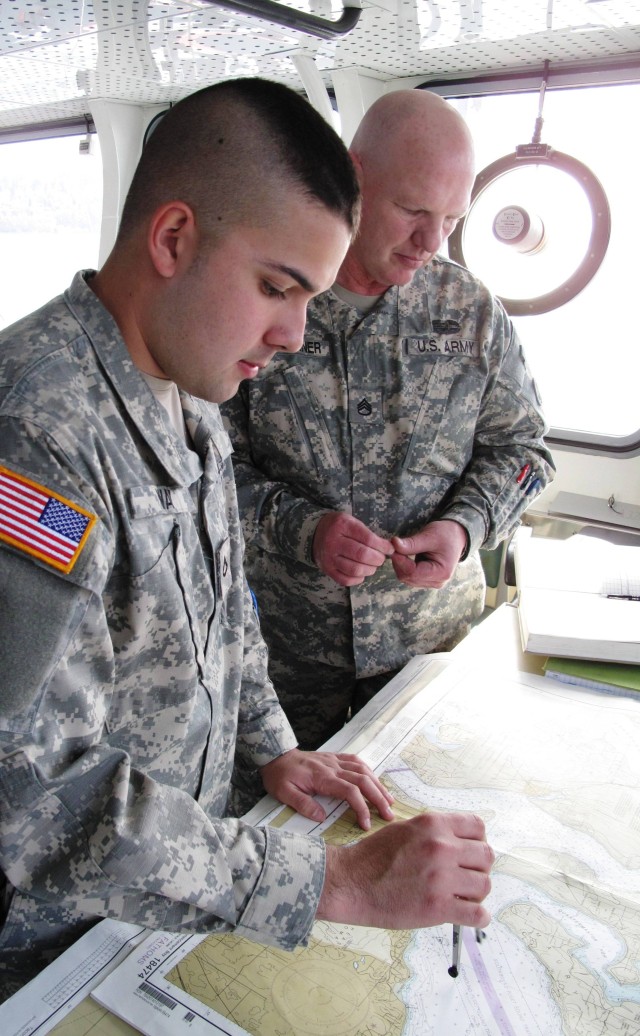

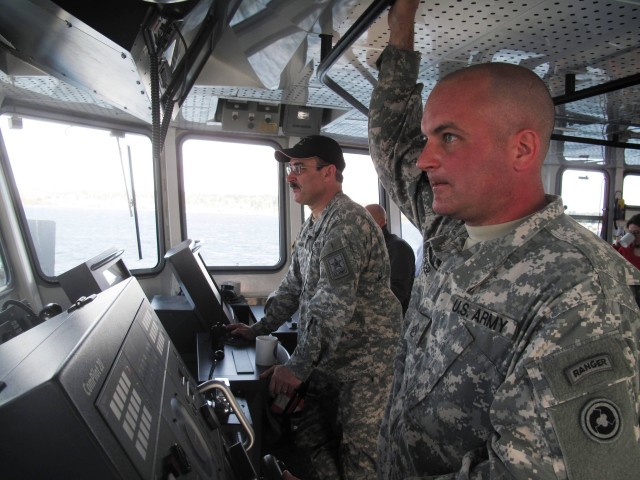
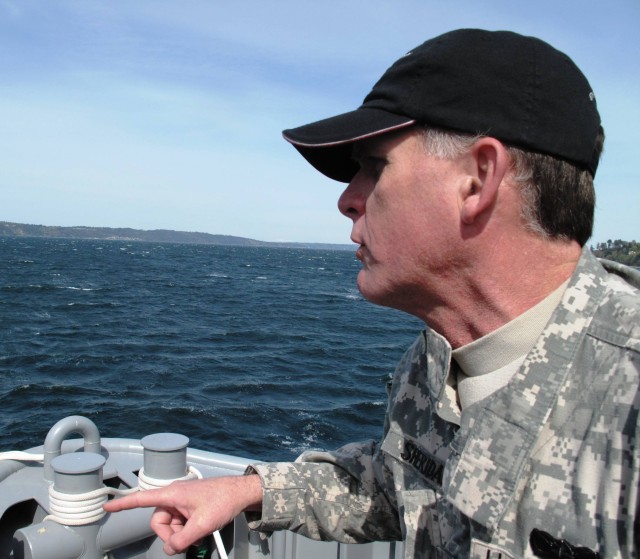
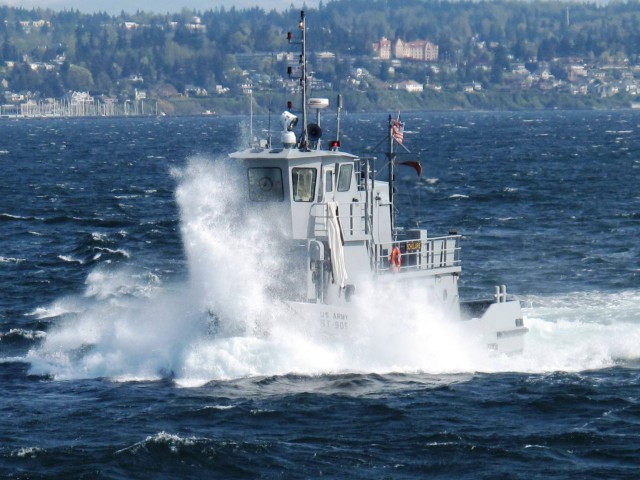

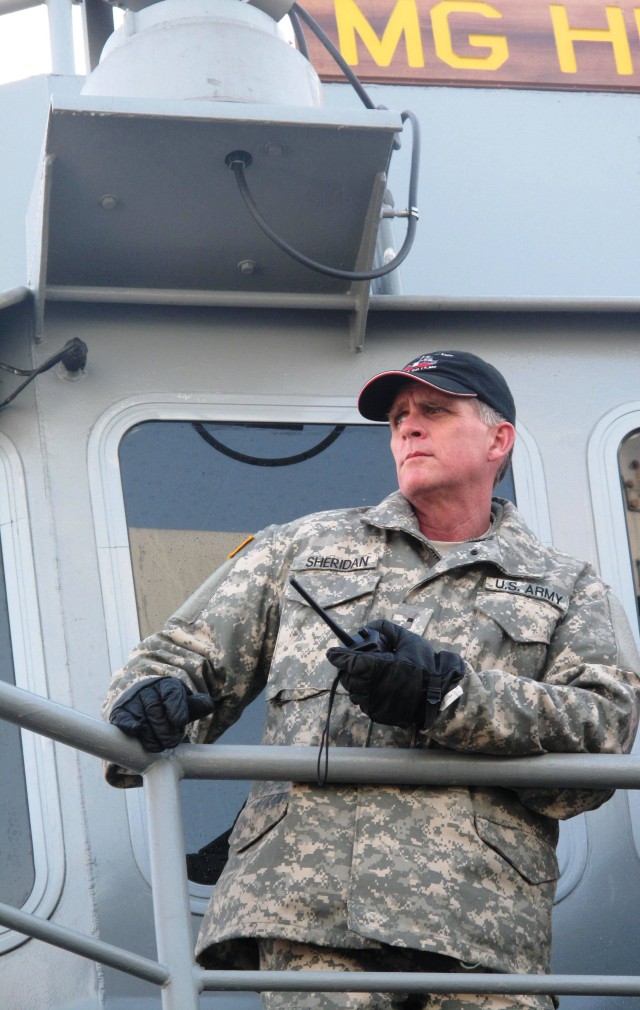
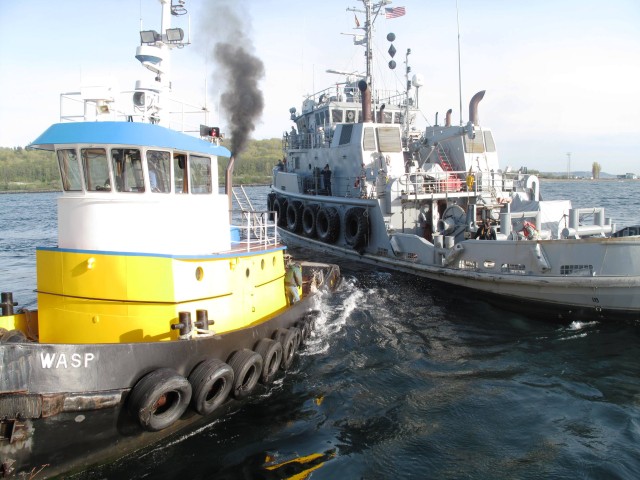
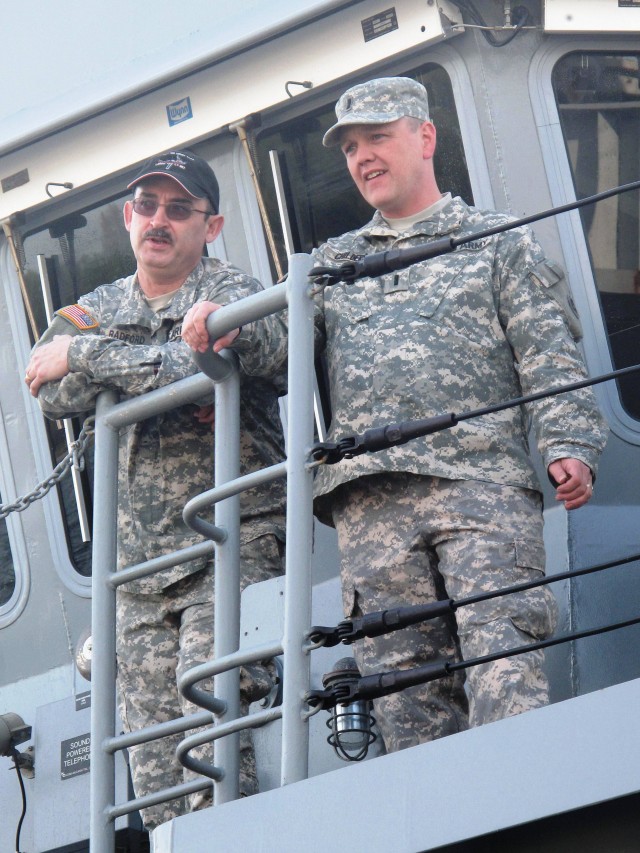
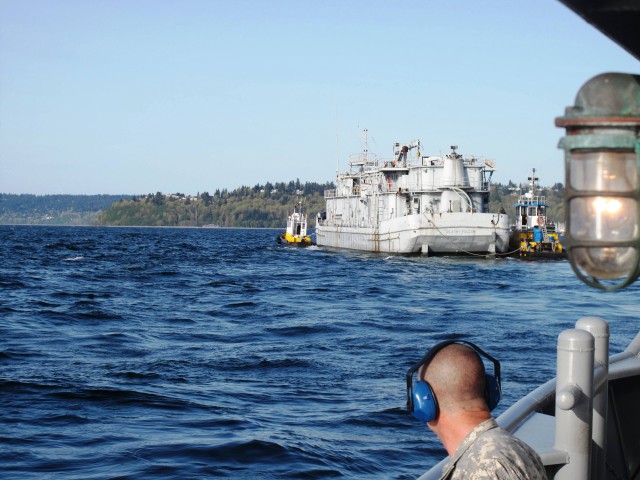

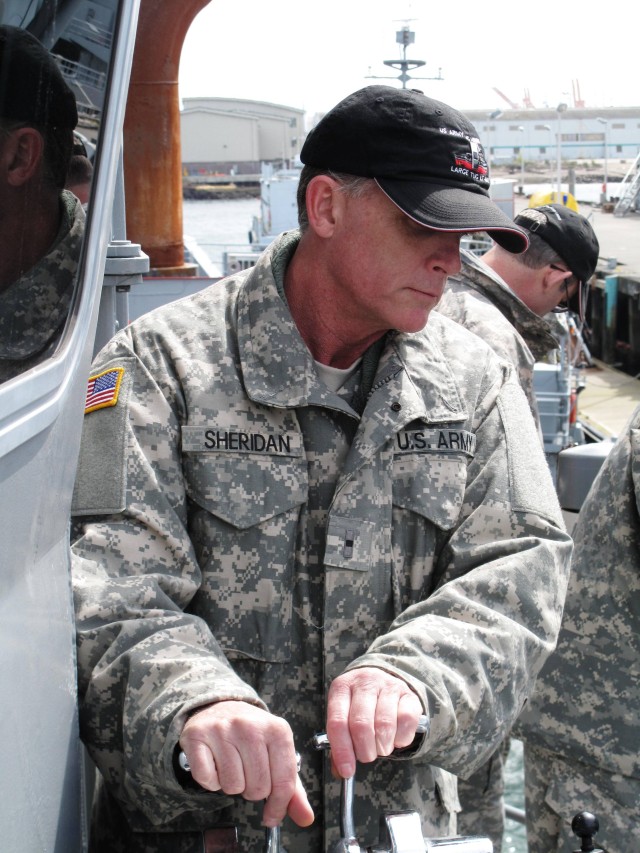
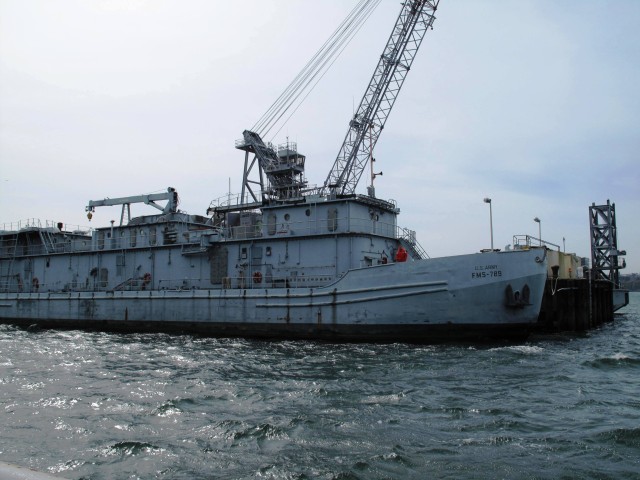
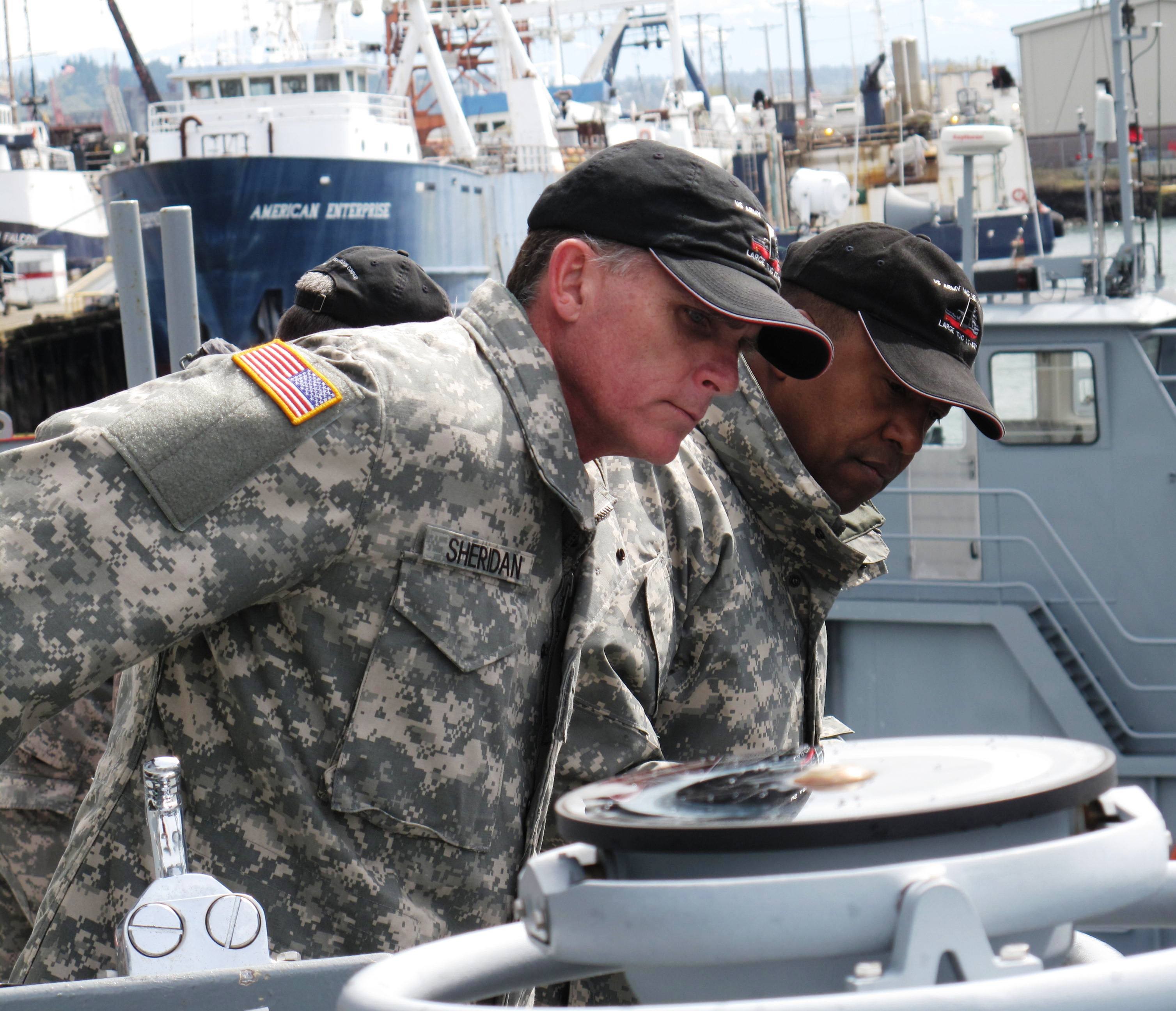
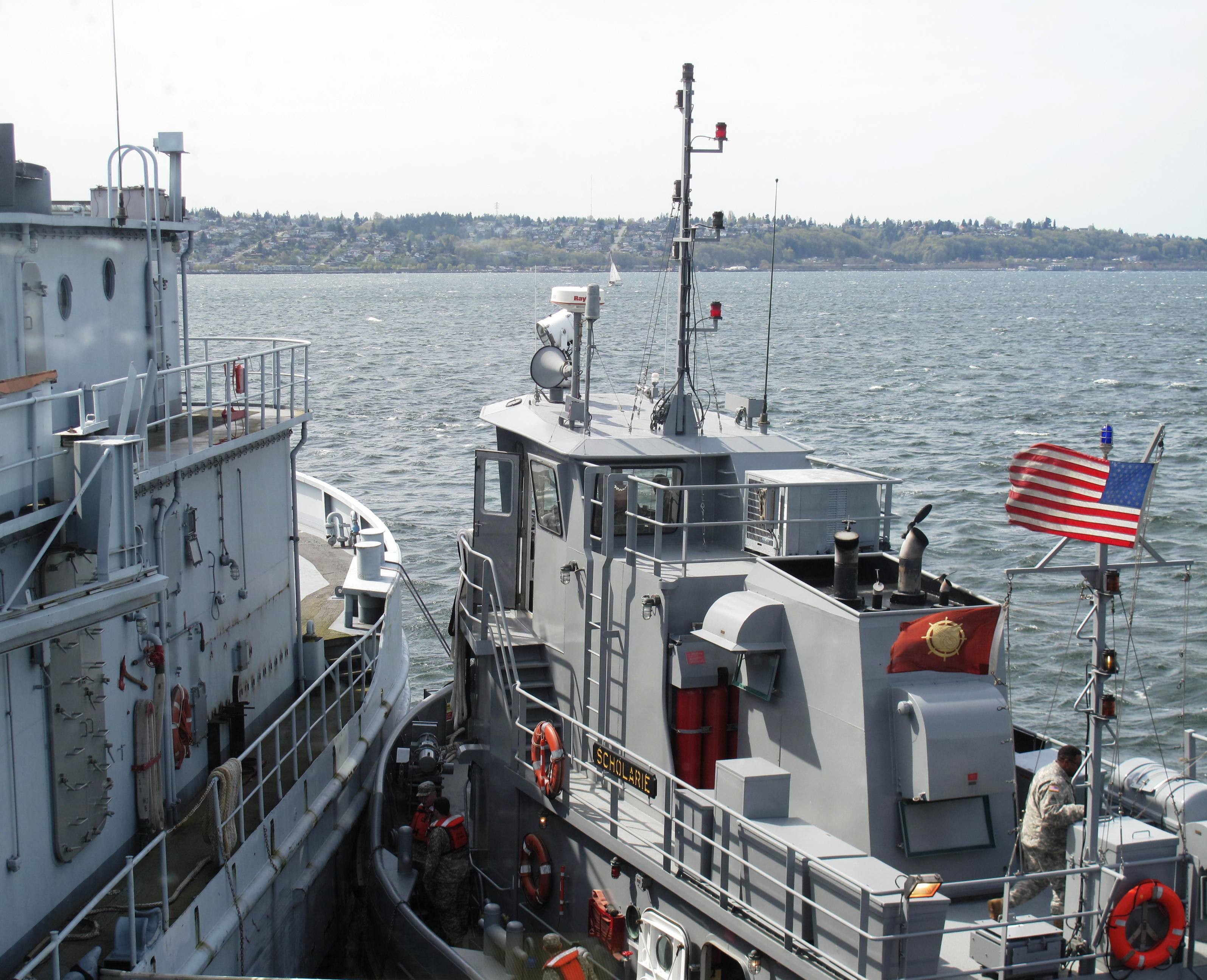

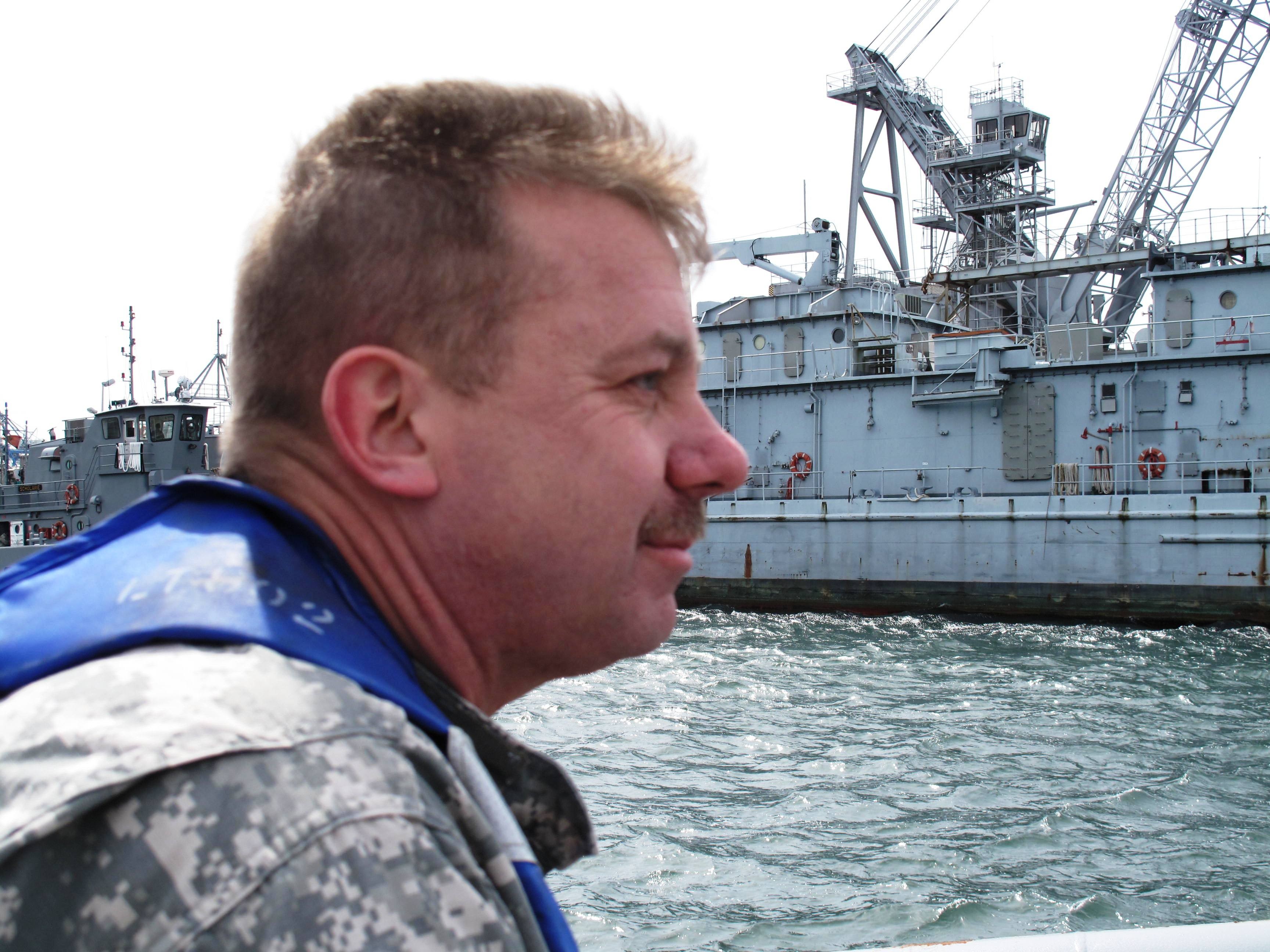
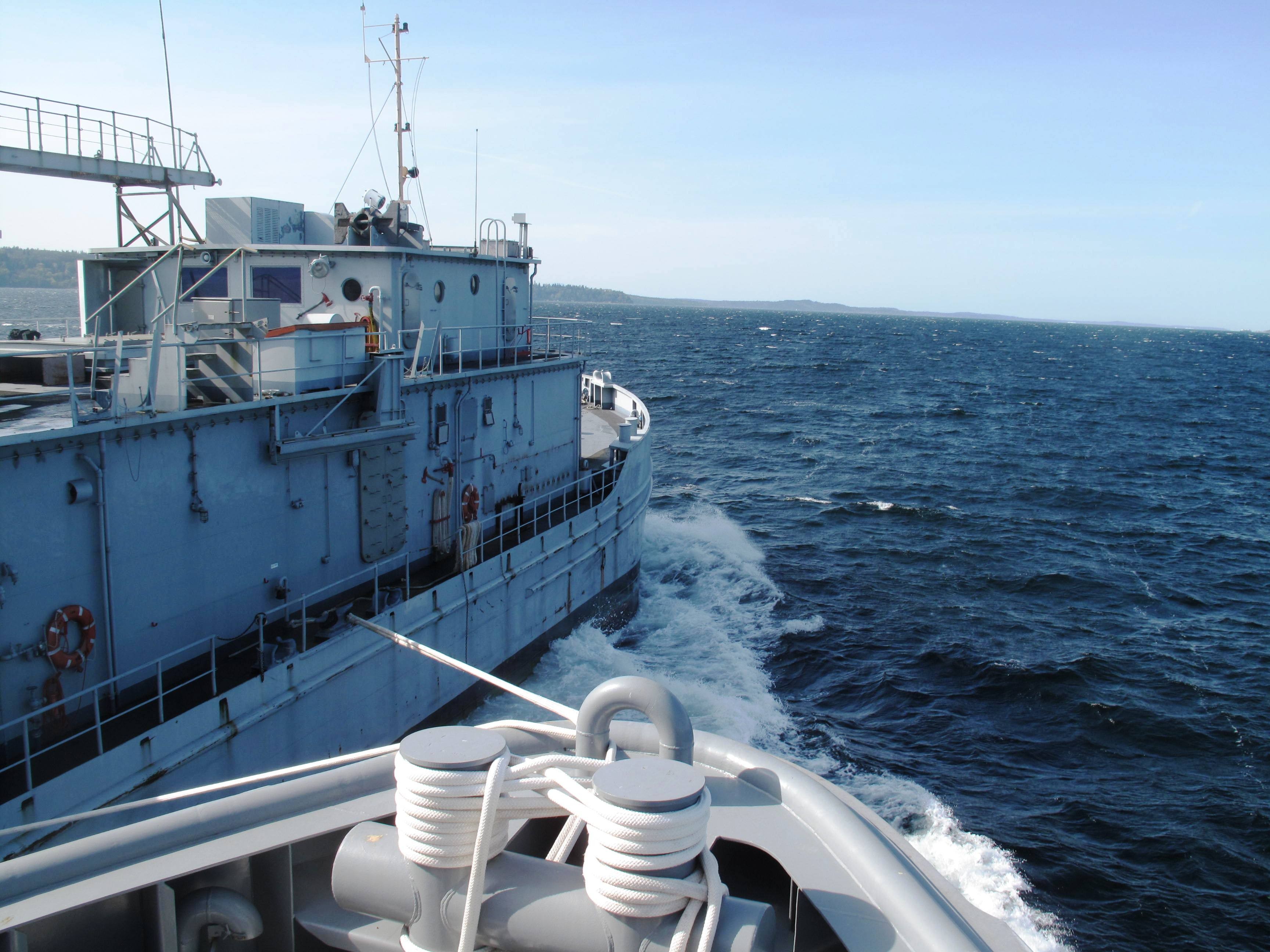

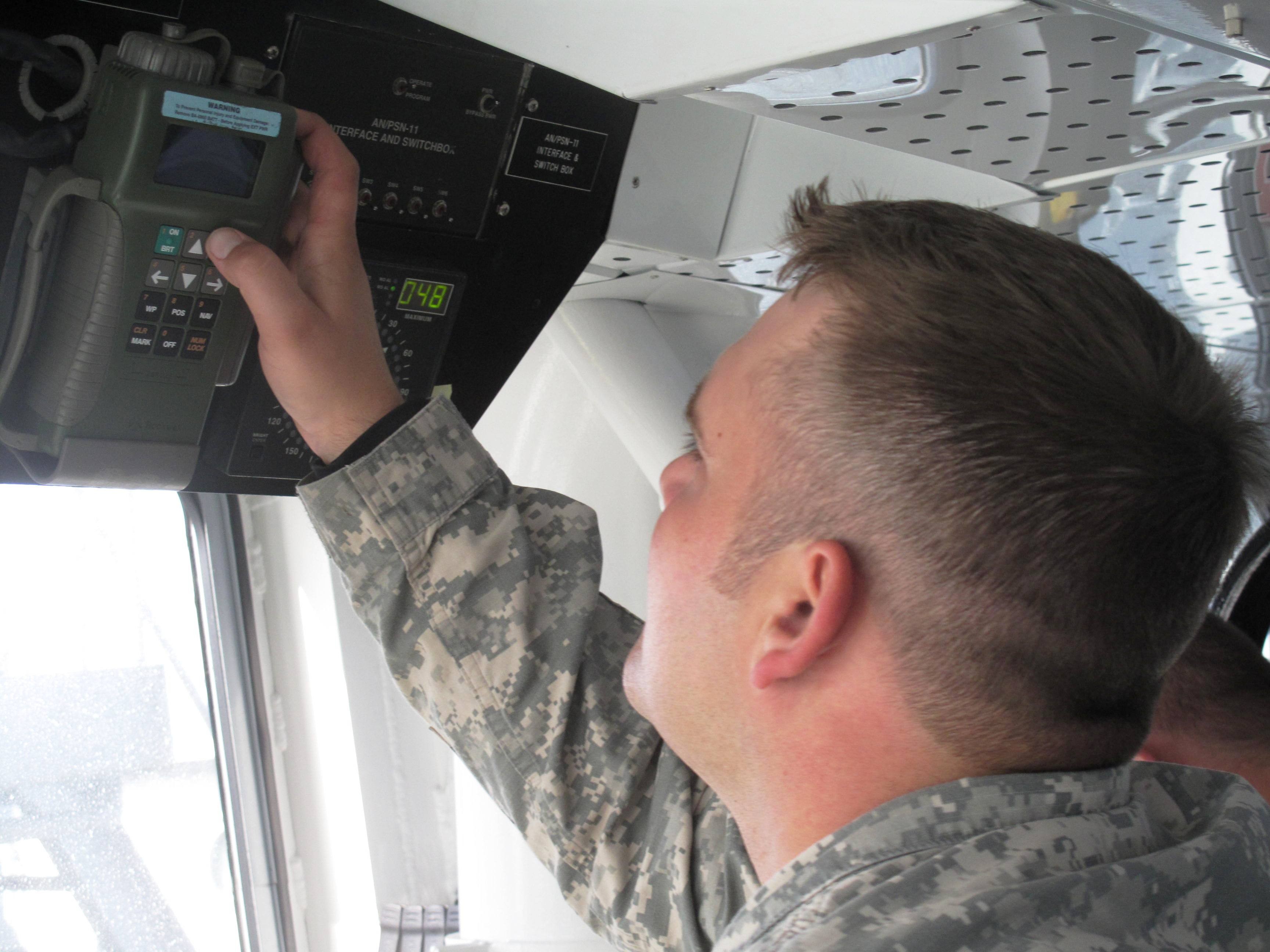

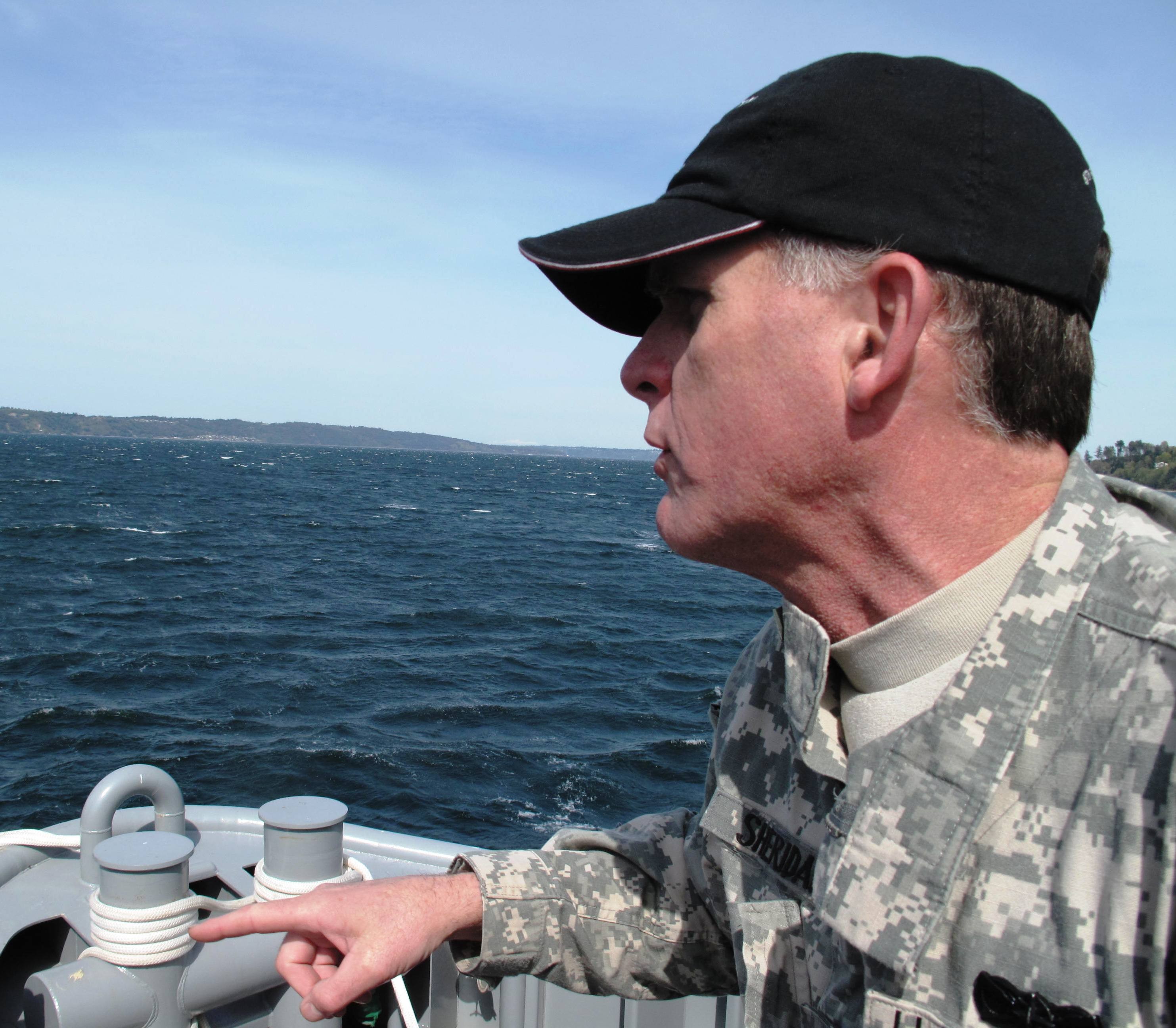
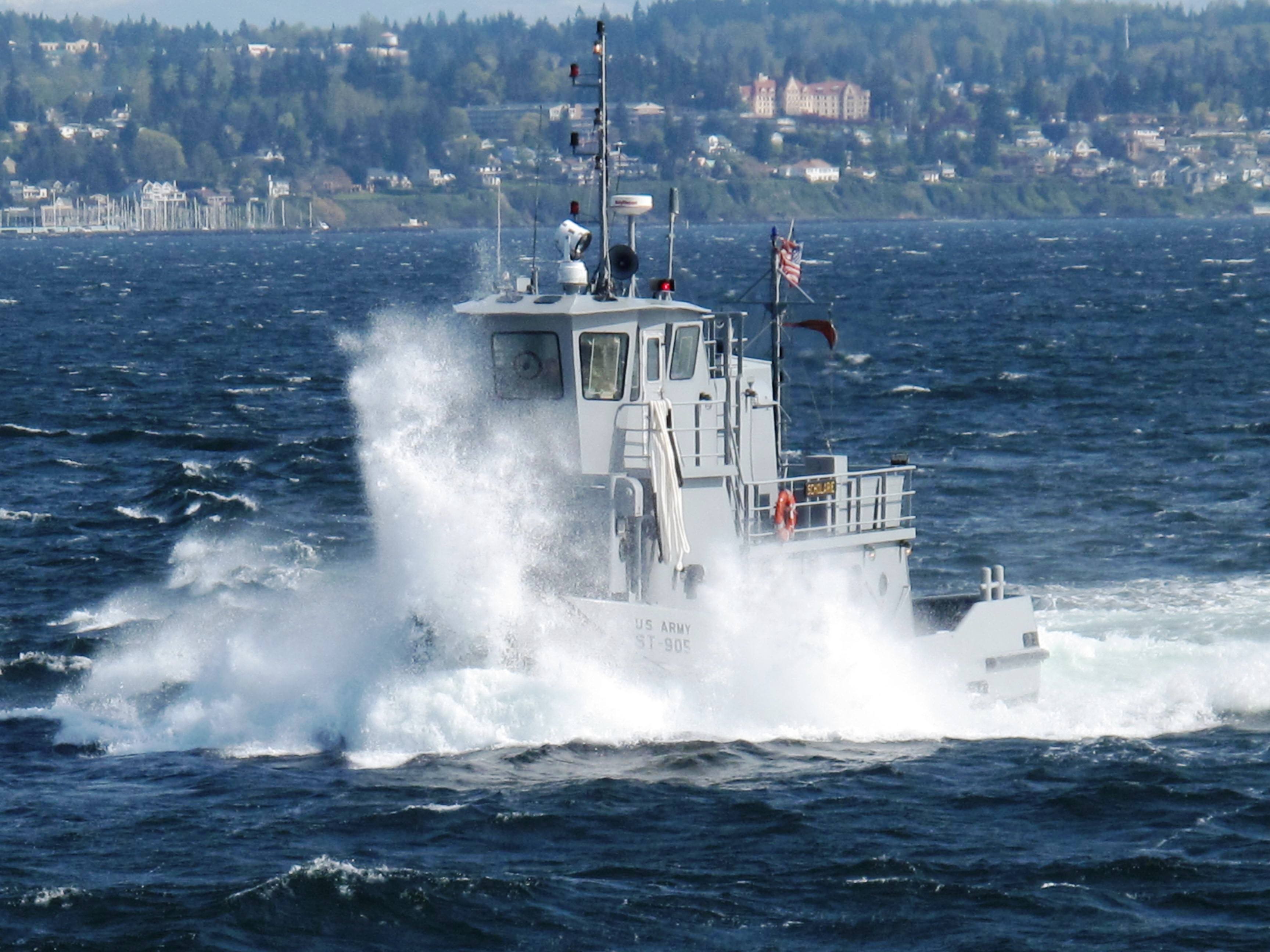

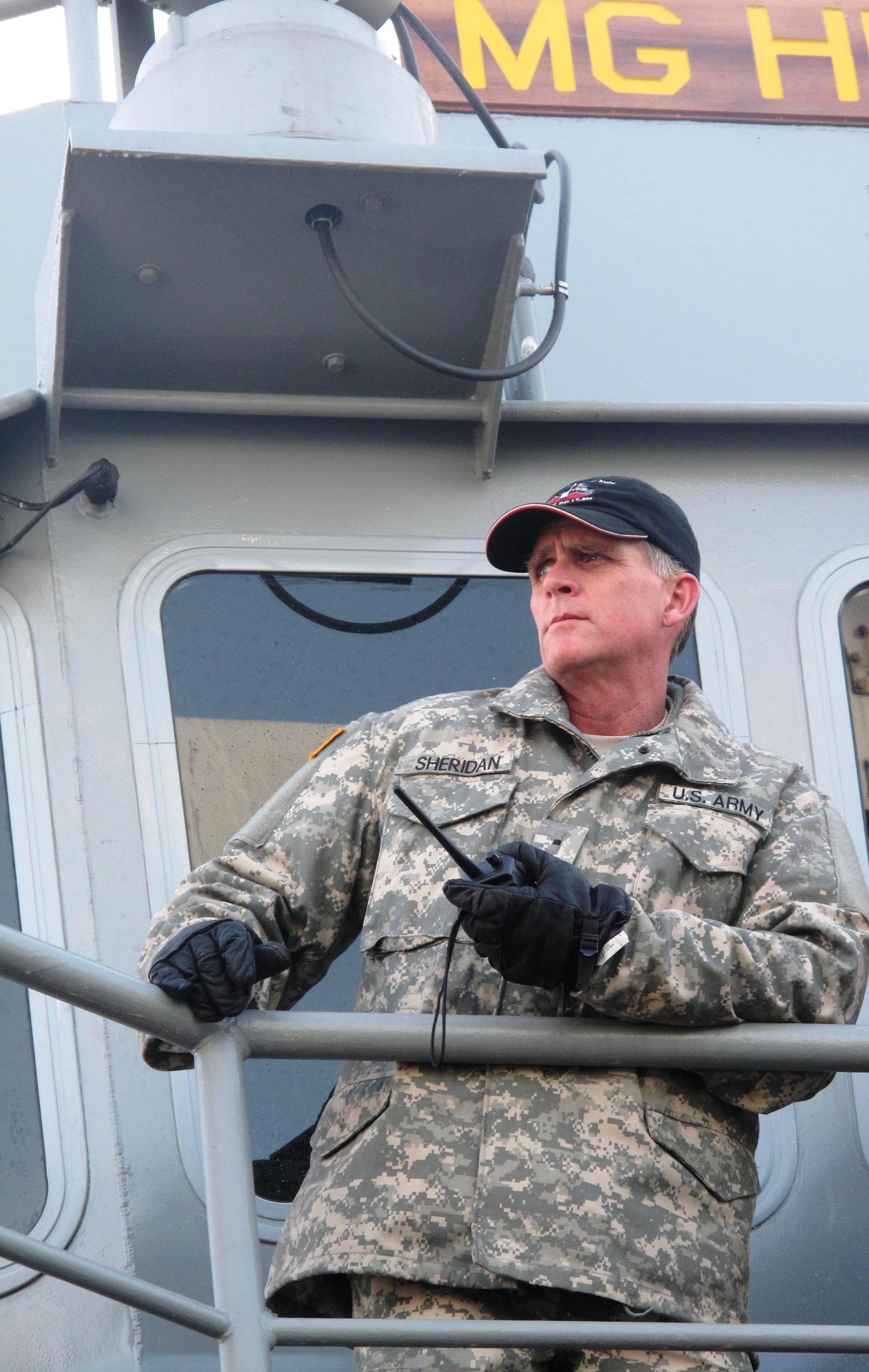

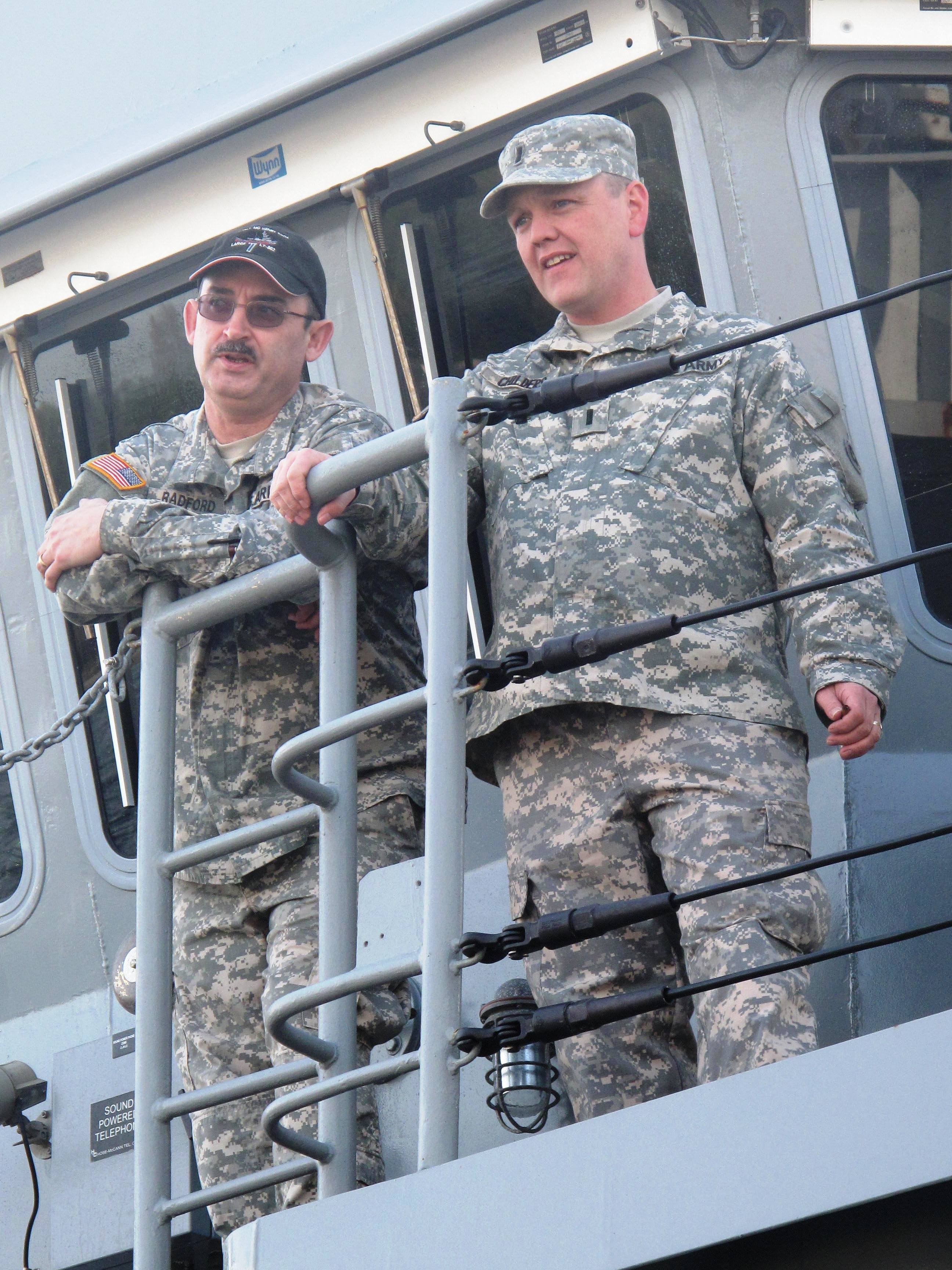



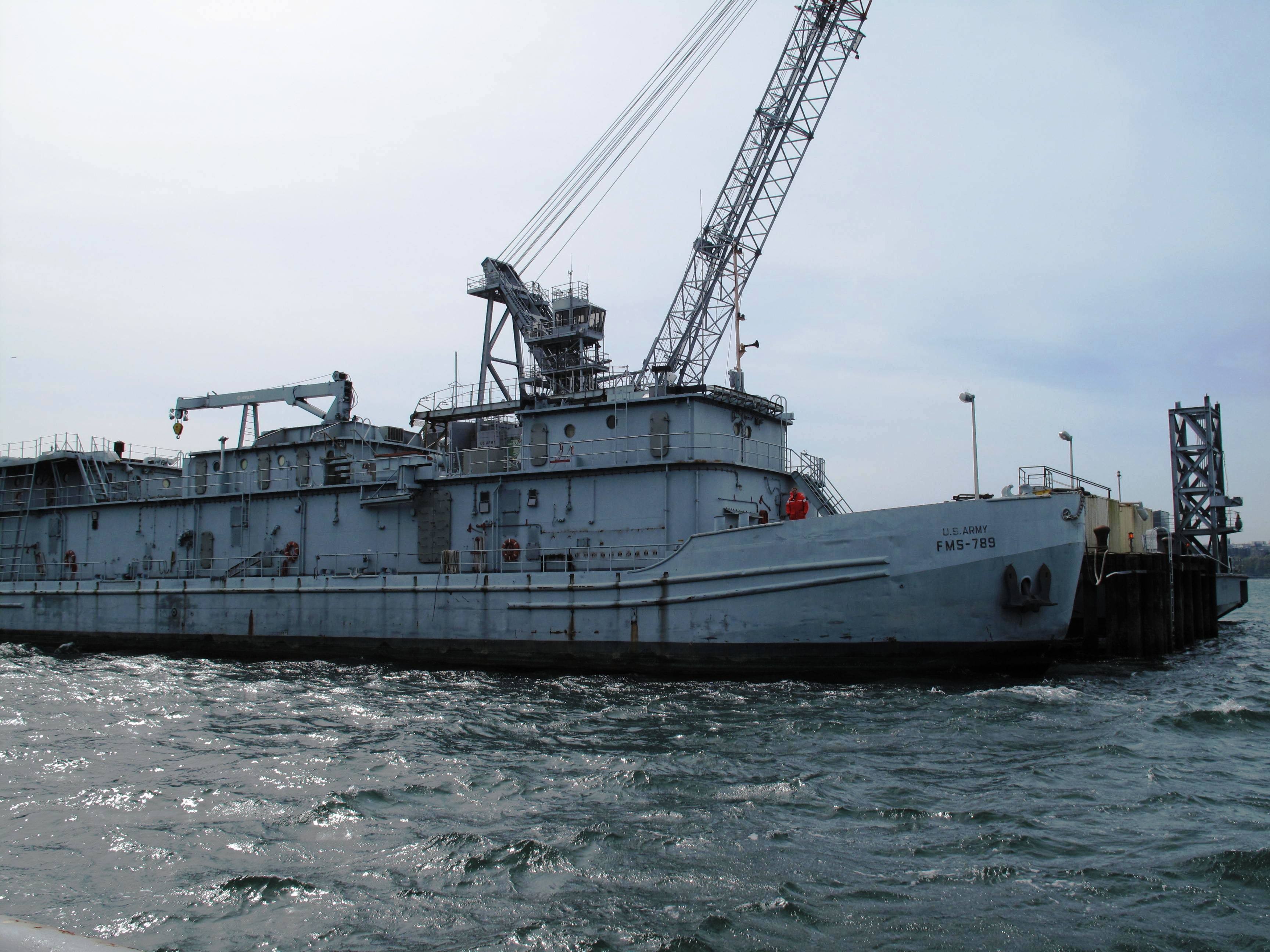
Social Sharing